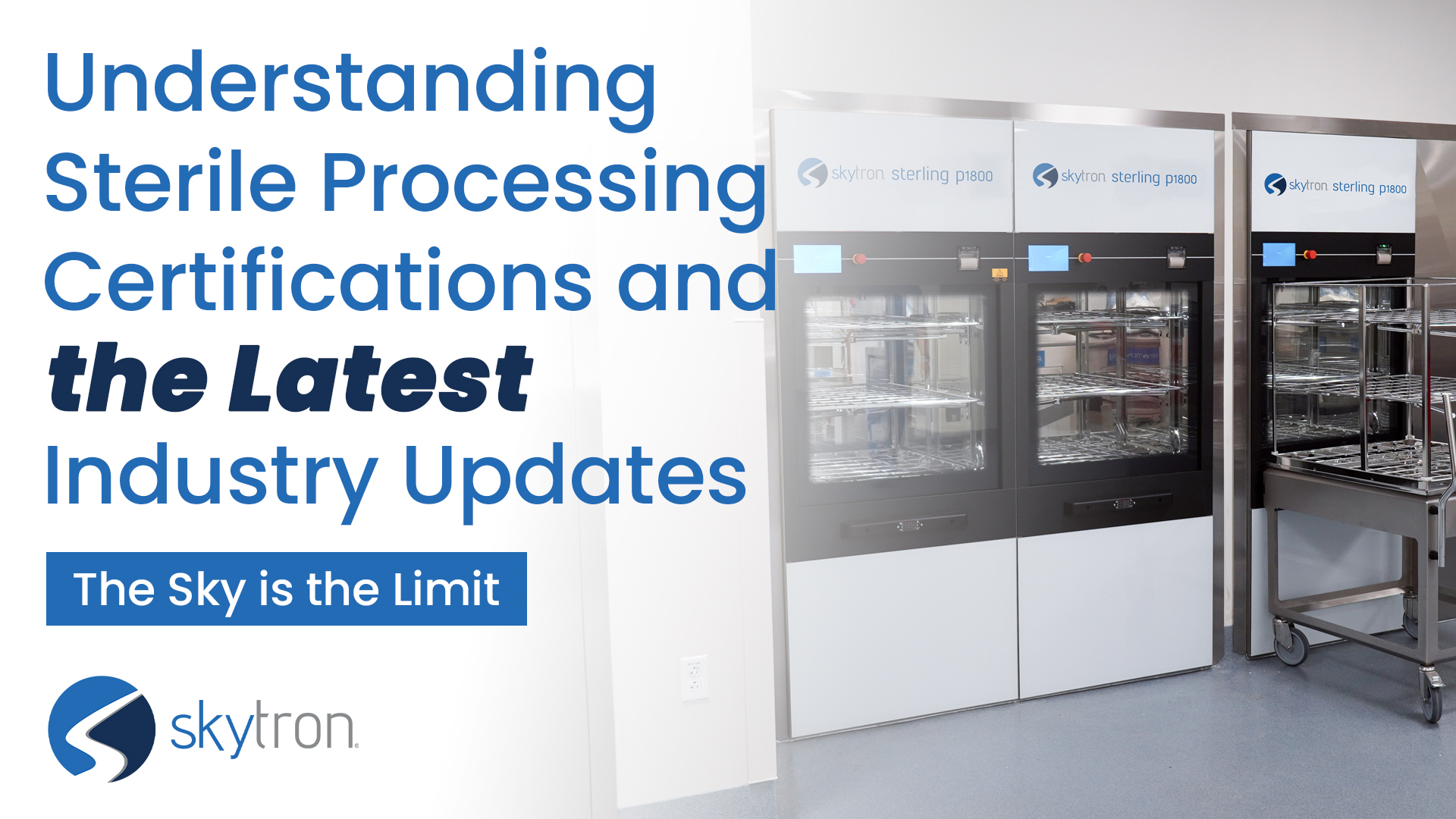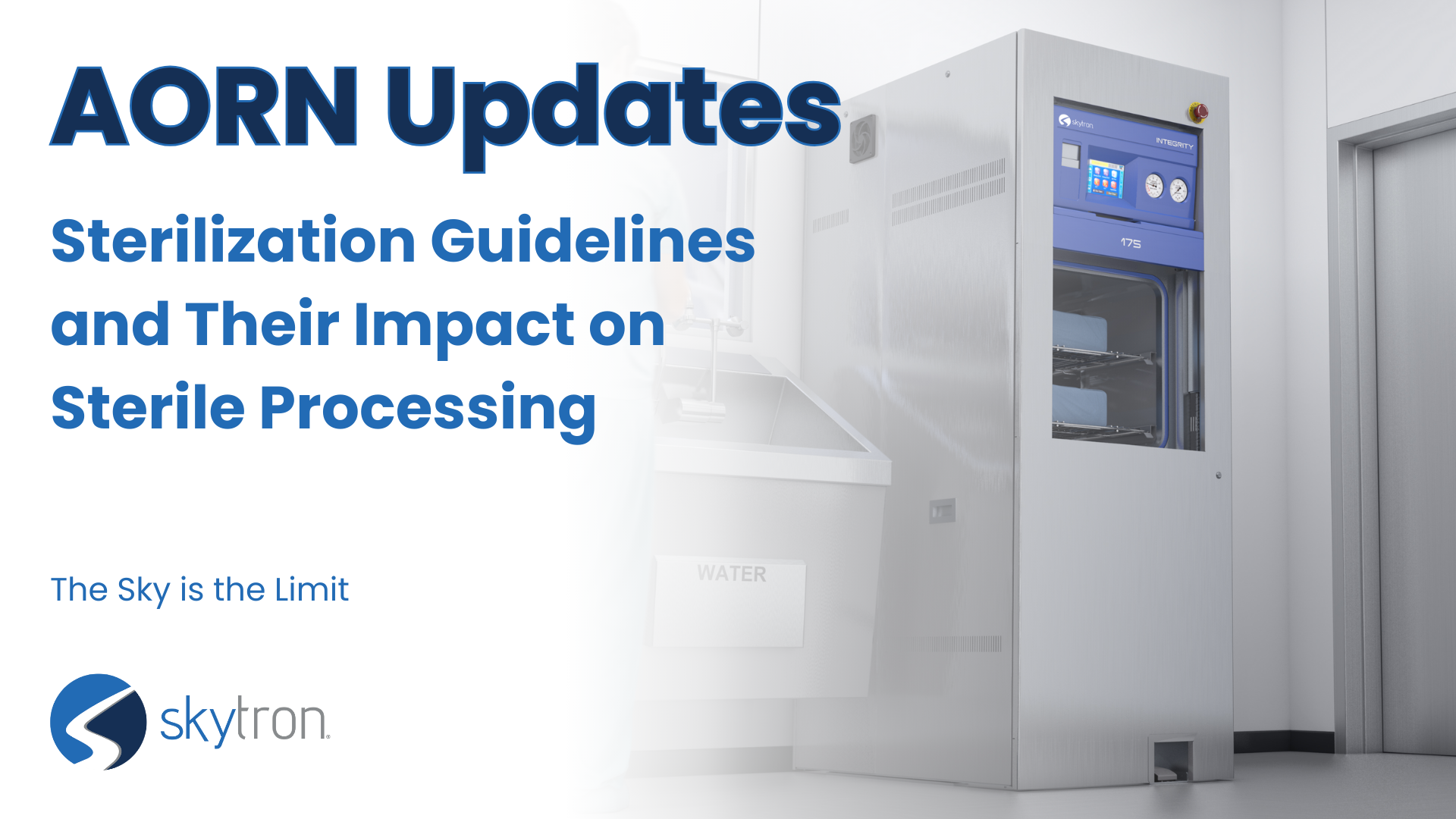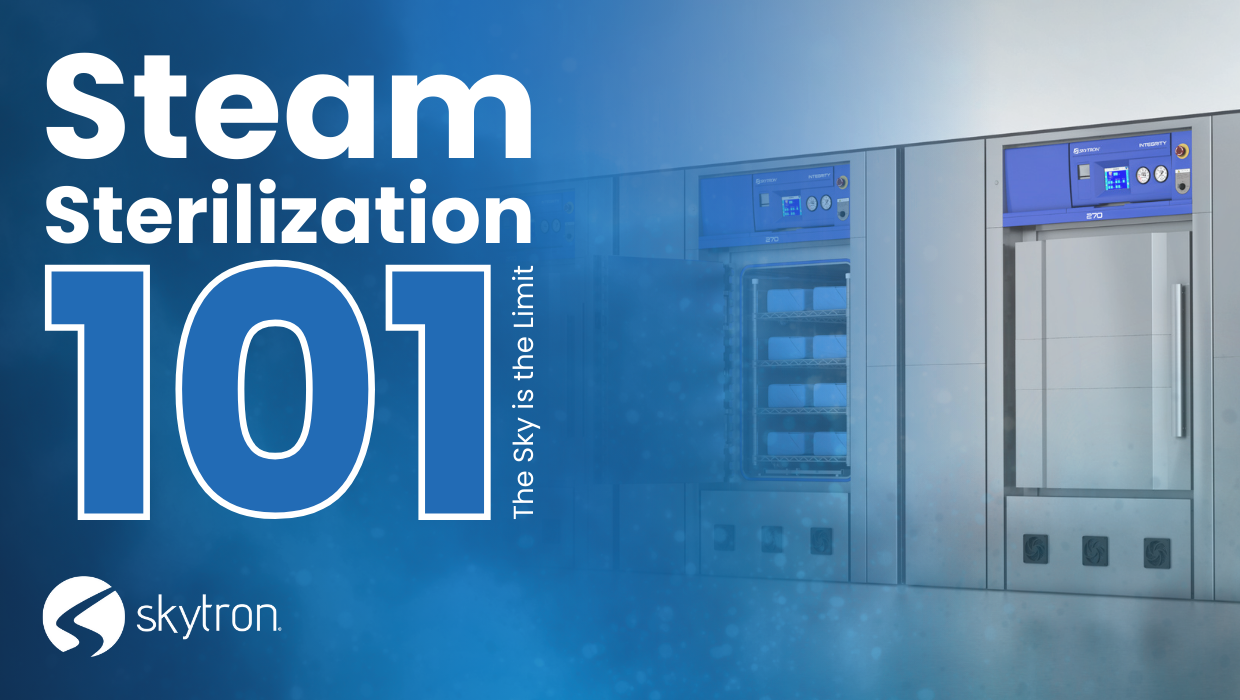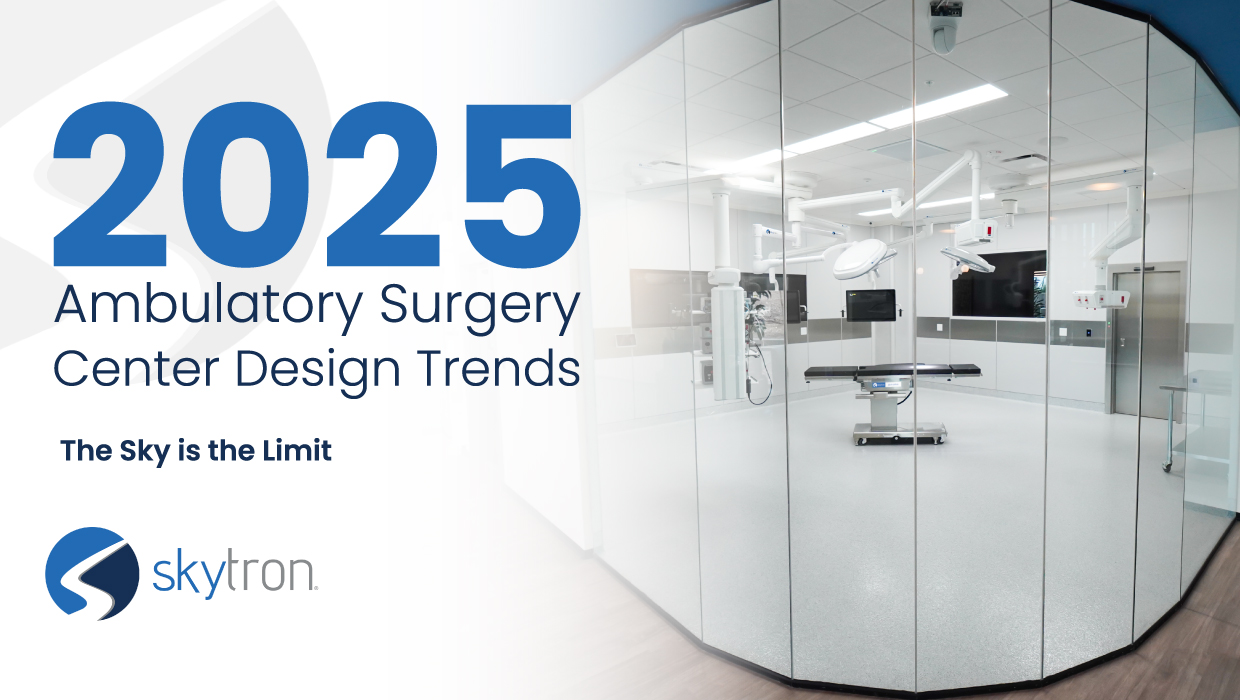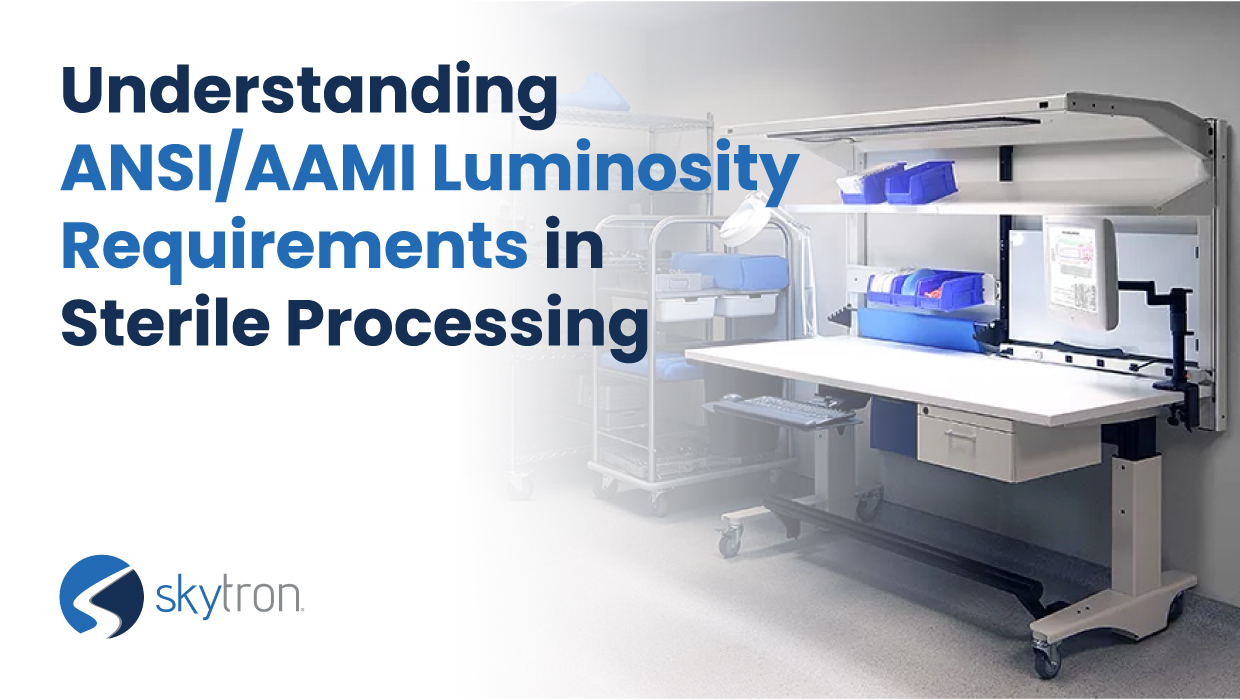
-
Written ByRebecca Kinney
-
PublishedOctober 8, 2024
The quality of lighting in Sterile Processing isn’t just dependent on having the correct lux levels; several other factors can cause variances or hinder proper lighting in workspaces.
As the Fall 2024 AAMI Standards Week concluded recently, it’s a great time to revisit one of the essential elements for maintaining a safe and efficient Sterile Processing (SP) department: lighting. In this write-up, we focus on the luminosity requirements for SP, potential variances to consider, and common challenges that may arise. But before we do, we can safely say that the week was packed full of incredible end users and industry leaders who came together to help shape critical standards in device reprocessing and sterilization practices. Now, let’s dive into the specific lighting requirements needed to ensure the optimal performance of your reprocessing and inspection areas.
ANSI/AAMI ST91:2022 Luminosity Requirements and Lux
The ANSI/AAMI ST79 and ST91 standards lay out clear guidelines for lighting levels in SP areas. These recommendations align with the Illuminating Engineering Society of North America’s (IES) standards for illumination in healthcare environments. But before we examine the specific recommendations, it’s important to understand a key term: lux.
What is Lux?
Lux is a standardized unit of measurement that defines light intensity, often called “illuminance.” Simply put, 1 lux equals the light that falls on a one-meter square surface located one meter away from a single candle.
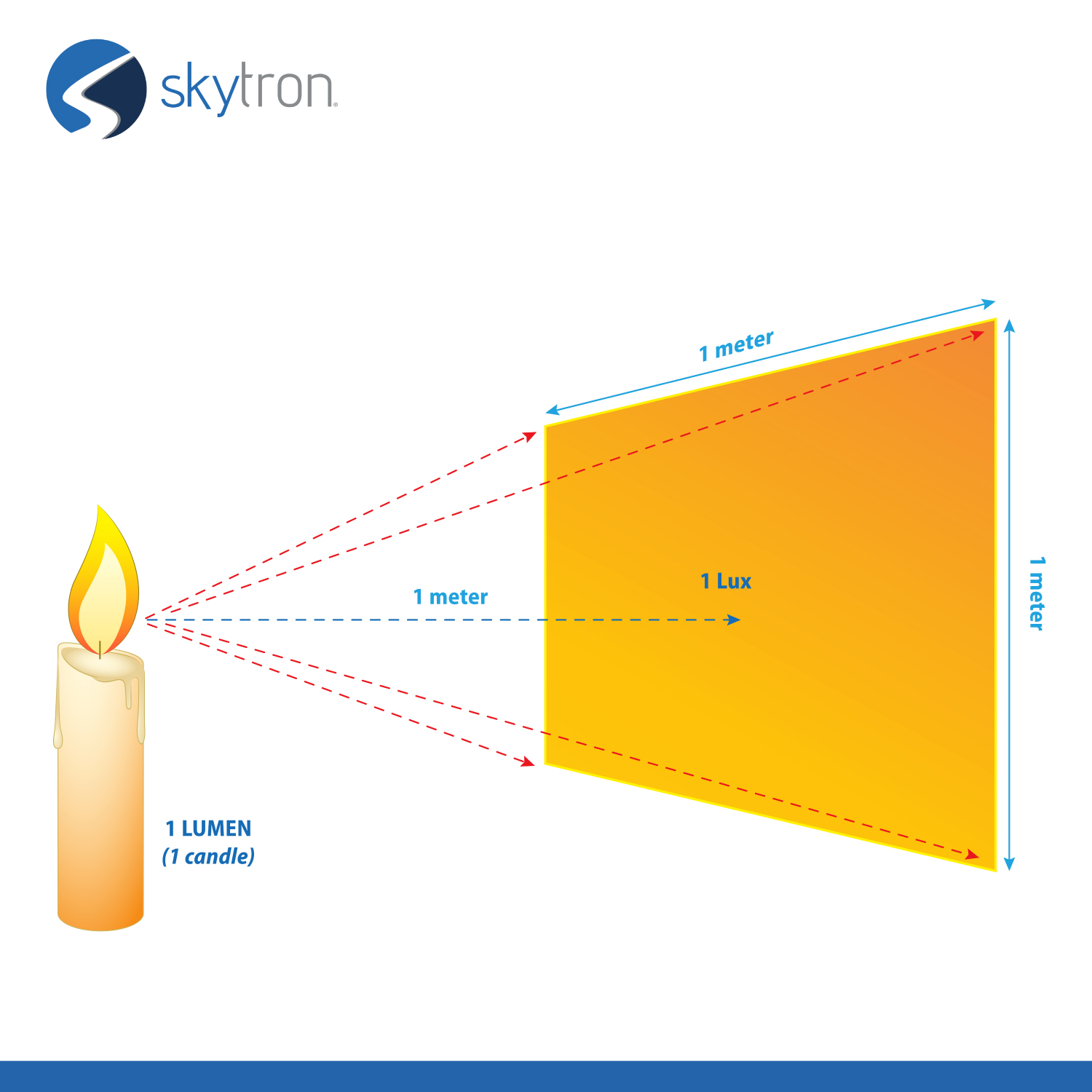
This helps quantify how much light hits a given area, critical in spaces where attention to detail and visibility are essential.
Here’s a visual guide to give some context to the lux levels we experience every day:
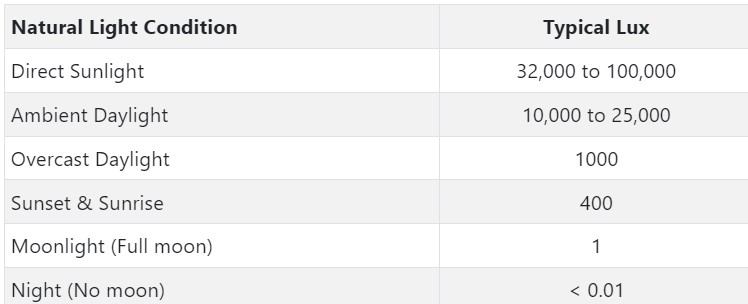
Image Source: https://greenbusinesslight.com/resources/lighting-lux-lumens-watts/
Understanding the concept of lux is essential in determining how much lighting is required in different SP workspaces, such as decontamination, inspection, and packaging areas.
Luminosity in Sterile Processing Workspaces
The AAMI standards provide recommended lux levels for various workspaces within the Sterile Processing department:
Decontamination Area: A minimum of 200 to 300 lux is recommended to provide adequate lighting for cleaning and disinfecting instruments.
Inspection Area: This is where the work gets more detailed, so 1,000 to 1,500 lux is required for inspecting instruments to ensure proper sterilization.
Prep and Pack Area: Between 500 and 750 lux is recommended for preparing instruments for sterilization. In this area, technicians must be able to see details clearly, but the lighting shouldn’t be too intense, as it could cause glare or eye strain.
These lighting levels help ensure technicians have the visibility they need to perform their tasks accurately and efficiently, but achieving these standards in real-world settings can present challenges.

Department Challenges
The quality of lighting in Sterile Processing isn’t just dependent on having the correct lux levels; several other factors can cause variances or hinder proper lighting in workspaces. Here are a few common obstacles:
Reliance on Overhead Lighting: Many SP departments rely heavily on ceiling-mounted lights. However, these lights can be obstructed by shelving, equipment, and even staff members themselves. Overhead lighting often fails to provide adequate illuminance for high-detail tasks and can leave work areas underlit.
Obstructions: In decontamination and inspection areas, shelving, equipment, or materials near sinks and tables can block light sources. These obstructions cast shadows that make it difficult for technicians to perform tasks like cleaning, inspecting, or preparing instruments with the precision required.
Lack of Adjustability: Many SP areas use lighting systems that don’t offer adjustable brightness, which is a critical oversight. In areas with low-reflective surfaces, technicians may struggle with inadequate light, while areas with high-reflectivity surfaces can suffer from too much glare. Both situations lead to eye strain and reduced efficiency.
Additional Considerations
In addition to addressing these common challenges, there are several other factors to consider when ensuring optimal lighting in Sterile Processing:
Individual Needs: Lighting needs can vary from person to person. Older technicians, for example, may require more light to perform tasks as efficiently as younger staff.
Speed and Accuracy: Areas where speed and accuracy are paramount—such as instrument inspection—need more intense lighting to support these high-performance requirements.
Light Reflection: The color of work surfaces can also affect how much light is needed. Lighter colors reflect more light, reducing the need for intense illumination, whereas darker colors absorb light, requiring brighter fixtures.
Maintenance and Cleanliness: Lighting fixtures in SP departments should be recessed and sealed to prevent dust and contaminants from accumulating. Dirty fixtures not only reduce lighting quality but can also harbor harmful microorganisms that compromise sterile environments.
Ensuring your department meets ANSI/AAMI lighting standards is critical for safety, accuracy, and efficiency in Sterile Processing. Adequate lighting is more than just a regulatory requirement—it directly impacts the ability of technicians to perform their tasks effectively, from decontamination to inspection and packaging. By understanding the challenges and considerations related to lighting, you can create a safer, more productive work environment that enhances staff performance and patient outcomes.
References
Lux, Lumens and Watts: Our Guide | Green Business Light UK
AAMI Standards | AAMI



